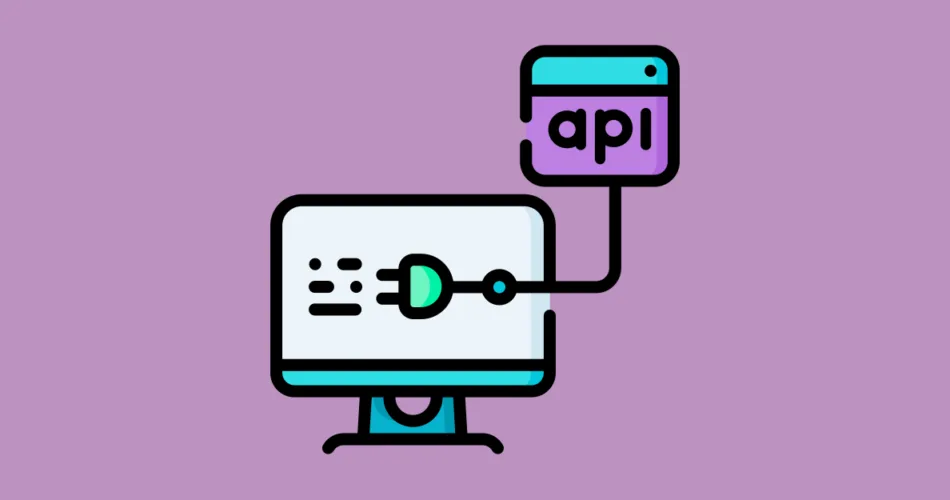Logging and Tracing in API Gateway
Logging and tracing are indispensable tools for monitoring and gaining insights into the behavior and performance of API gateway(s) and services. These mechanisms provide visibility into how requests flow through the system, enabling effective debugging, performance optimization, and security analysis.
Here are some key aspects of logging and tracing in API gateways:
- Request and Response Logging: API gateways should log incoming requests and outgoing responses, including metadata like headers and timestamps. This information helps diagnose issues and understand traffic patterns.
- Error and Exception Logging: Detailed error logs are crucial for identifying and troubleshooting problems. Effective error logging includes capturing error codes, stack traces, and relevant context information.
- Structured Logging: Structured logs, often in JSON or key-value format, facilitate automated analysis and filtering. They make it easier to extract specific data points from log entries.
- Tracing and Distributed Context: Tracing allows you to follow a request’s journey across various microservices. Tools like OpenTelemetry and Jaeger provide distributed tracing capabilities, helping to identify bottlenecks and latency issues.
Monitoring Service Health and Availability
Ensuring the health and availability of services is paramount in a microservices or cloud-native architecture. API gateways and service discovery systems must continuously monitor the status of services to route traffic effectively and maintain reliability.
Here are important considerations for monitoring service health:
- Health Checks: Services should expose endpoints for health checks. These checks can be simple, returning a 200 OK when the service is healthy or a different status code when there’s a problem.
- Active and Passive Monitoring: Active monitoring involves sending periodic requests to service endpoints to check their health. Passive monitoring listens for service announcements and responds to failures automatically.
- Alerting and Notifications: Set up alerting mechanisms to notify administrators or automated systems when a service becomes unhealthy. This allows for rapid response and issue resolution.
- Metrics and Dashboards: Collecting and visualizing metrics related to service health and performance is essential. Tools like Prometheus and Grafana can help create informative dashboards.
Effective logging, tracing, and monitoring practices are critical for ensuring the reliability, performance, and security of API gateway(s) and service discovery systems. By implementing these strategies, organizations can proactively address issues, optimize their architecture, and deliver better services to their users.
Subscribe to our email newsletter to get the latest posts delivered right to your email.


Comments